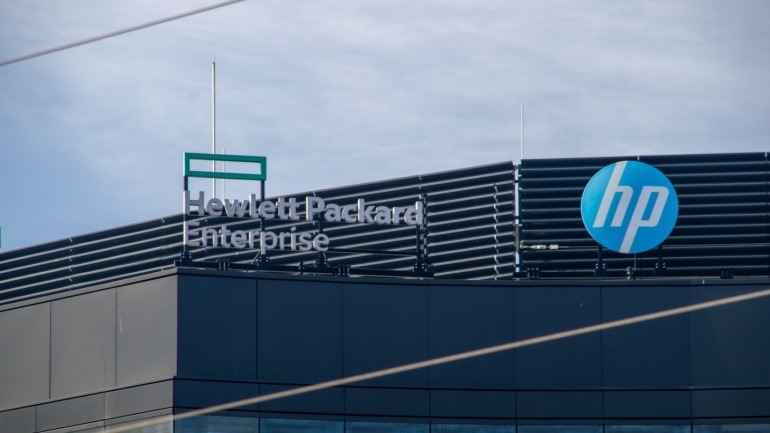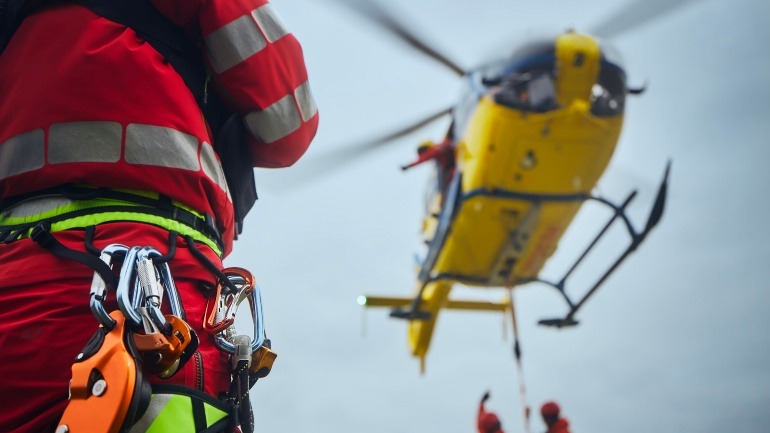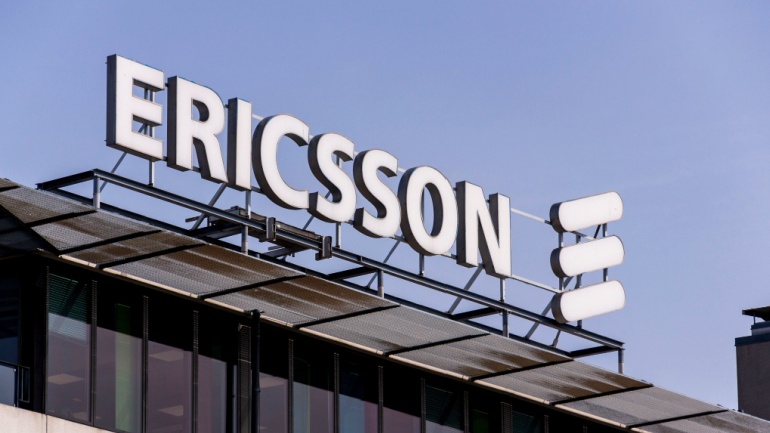Britain’s rural and deprived regions face a significant digital divide as a large portion of the population still lacks access to 5G networks, says a recent study released by Vodafone. The research indicates that in contrast to the robust mobile coverage in urban areas, up to 46% of such rural areas are identified as 5G “not spots”.
Vodafone’s findings did not come as a surprise to many living in remote locations. However, the report seems to also underscore Vodafone’s motives to secure approval for its proposed merger with Three, a move that has yet to pass the muster with government regulators.
Vodafone’s ‘Connecting the Countryside’ report reveals that approximately 2.7% of urban deprived communities are devoid of 5G connectivity compared to their rural equivalents. Furthermore, it highlighted five regions with especially low connectivity namely Scotland, Wales, East Anglia, Cumbria, and the South West.
Close to 59% of rural, deprived constituencies in Wales have zero 5G coverage, as per Vodafone. Conversely, Cornwall ranks highest in terms of constituencies limited by a lack of 5G connectivity at 57.3%. According to the telecom giant, this indicates that roughly 838,000 individuals in deprived rural areas are denied the benefits derived from 5G connectivity.
Vodafone, while promoting its own 5G capacities, primarily leverages this study to amplify the necessity of its merger with Three in a bid to ameliorate connectivity across the UK. “Almost a million people living in deprived rural communities are being left behind,” stated Andrea Dona, Chief Network Officer at Vodafone UK. “We need to accelerate the rollout of the UK’s 5G infrastructure, which we commit to do as part of our proposed merger with Three UK. We would close the rural digital divide by delivering 95% 5G Standalone geographic coverage by 2034.”
These assertions by Vodafone and Three come in the backdrop of their repeated promises to expand standalone 5G coverage to 95% of the population by 2030, eventually increasing to 99% by 2034. These towering statistics and an £11 billion network improvement investment guarantee are expected to surface repeatedly during the merger discussions, considering the UK government’s ambitious target to achieve standalone 5G coverage across all populated regions by 2030 under its Wireless Infrastructure Strategy.
Simon Fell, a Conservative MP for Barrow and Furness and Rural Connectivity Champion, was brought in by Vodafone to remark on the study. Simon Fell pointed out the “challenge we face to bring connectivity to our most deprived rural communities to match the rest of the country”.
While this is a challenge for rural communities, the puzzle for Vodafone is much more multifaceted with multiple pieces still needing placement. However, such studies align with the telecom giant’s goal and provide insights that can catalyze its growth in the market.







